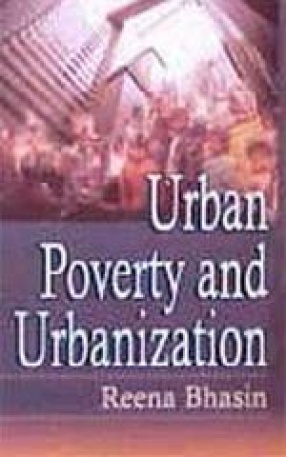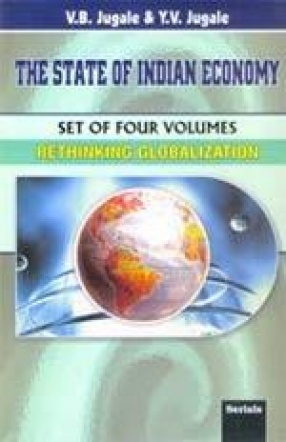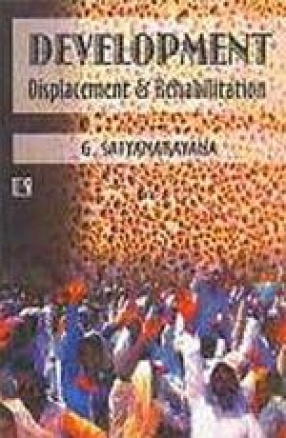Urbanization is considered to be sine-qua-non of economic development. In recent years, most of the developing countries, in a bid to have fast economic development, have also experienced galloping urbanization and their pace of urban growth has been truely dramatic. This spectacular growth rate of urban population along with the urban bias in the development strategies has brought in its wake multifaceted problems, viz. over crowding, slum formation and above all urban poverty, which till recently was considered as a fallout of the rural phenomenon. But now since growing urbanization is making urban poverty increasingly an urban phenomenon, an understanding of the former becomes indispensible in order to have a thorough insight into the complex dynamism of the latter. The present book is an attempt in this direction. It encompasses the empirical testing of the main hypotheses underlying the phenomena of both urban poverty and urbanization in India. Regarding urbanization it addresses itself to the main issues viz. Measurement of urbanization and its trends both at the aggregated and disaggregated levels, Base and Pace analysis of urbanization and forecasting of the future scenario, determining the major components of urban growth and shifting out the causative correlates of variations in the levels of urbanization. Then it takes into consideration the consequences of urbanization. Removal of urban poverty, which has gained importance in India only in recent years cannot be possible unless it is measured both quantitatively and qualitatively. The present book deals with this issue very efficiently. The incidence of poverty has not been gauged only by employing the traditional poverty measures in an absolute manner but has also been decomposed in a bid to estimate the relative contribution of different geographical units, socio-economic groups and occupational categories in the total incidence of poverty. Qualitative measurement of poverty involve the identification of the urban poor which, in the present book has been undertaken with the help of sophisticated statistical tools. Factors influencing urban poverty can be household specific, region specific and occupation specific. Present study undertakes empirical testing of these factors by applying, ‘Maximum Livelihood Logit Regression Procedure’ to the Micro-household level data. It also examines urban poverty in terms of adequacy and accessibility of the urban poor to basic services in urban areas and analyses the impact of migration on urban poverty. The relationship between urbanization and urban poverty has been explored both at the analytical level and empirical level relying both on the secondary data and the primary data collected through a well designed and pretested questionnaire. The analysis and observations of the study will be quite useful for those undertaking research in these fields at any level. It will also be of great interest to the academic community as a whole and the Govt. organizations and policy makers. Urban and regional economists and the students of economic development in India will also be benefited from this book.
Urban Poverty and Urbanization
In stock
Free & Quick Delivery Worldwide
reviews
Bibliographic information
Title
Urban Poverty and Urbanization
Author
Edition
1st ed.
Publisher
ISBN
8176293253
Length
xiii435p.
Subjects





There are no reviews yet.